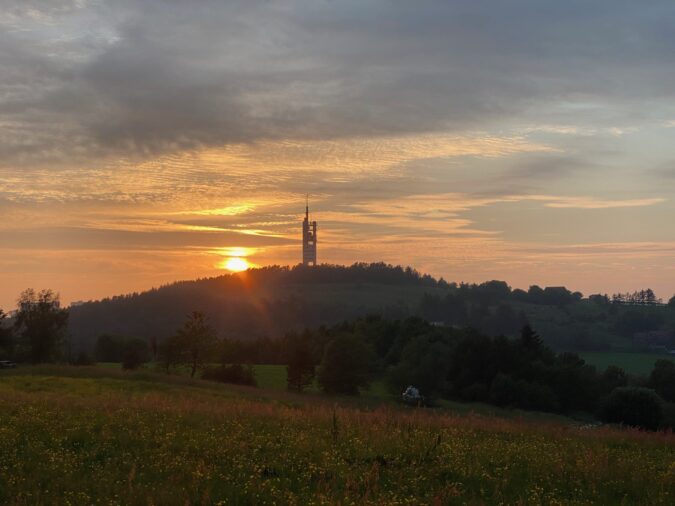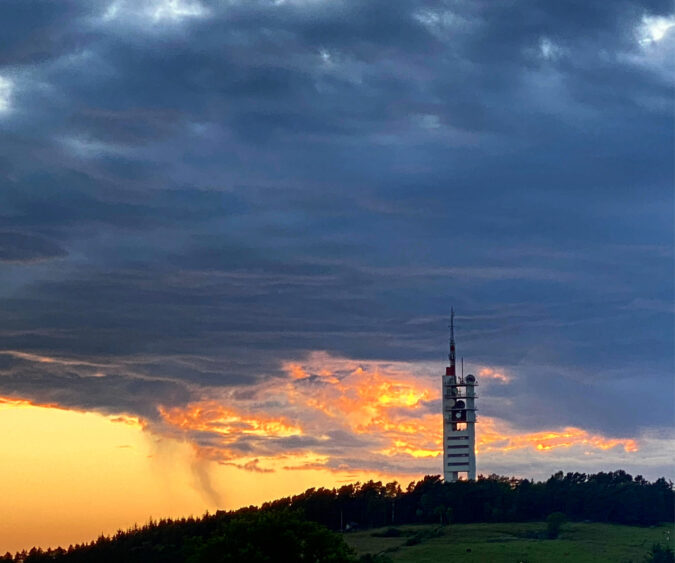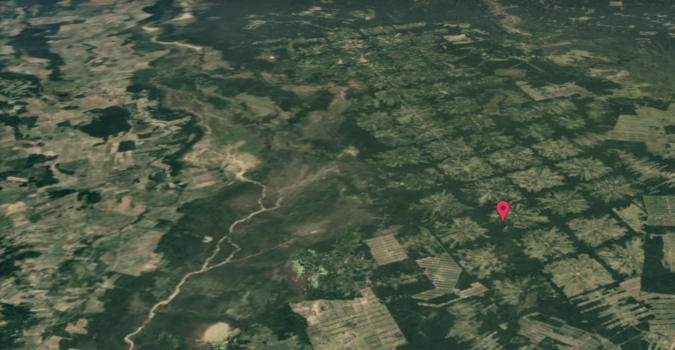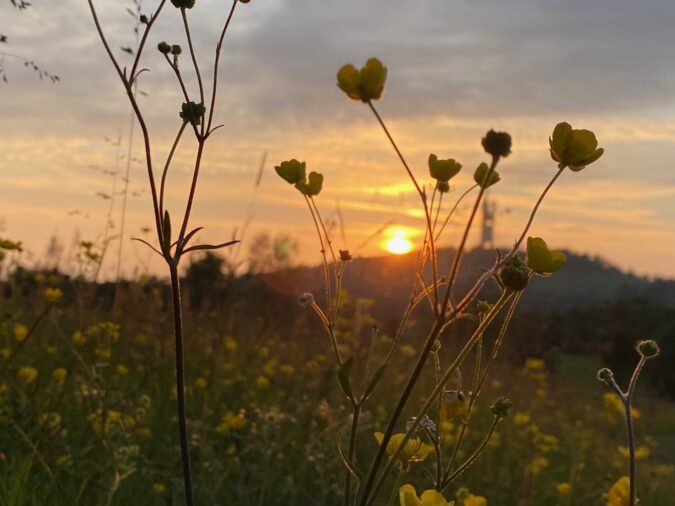Today is Earth Day, a day on which we demonstrate our support for environmental protection across the world. More than 1,5 billion people participate in environmental awareness-raising events in more than 190 countries. Like Earth Hour, which took place a month ago, Earth Day is a symbolical and educational event, intended to make us think about what we can do to protect the environment. In his new book The Genius of Earth Day, environmental historian Adam Rome writes about the origins of Earth Day. He brings to life a time when environmentalism was a new and exotic part of our everyday lives. In 1970, when the first Earth Day took place in the United States, the environment was generally a local concern. The idea came from the American Democratic senator Gaylord Nelson, who thought a national “teach-in” could help create engagement and awareness for environmental issues among young people. This was the beginning of the 1970s wave of environmentalist organizations, institutions, laws and regulations that swept over the entire western world. Today, environmentalism is no longer exotic. The environmental movement is broader than ever, but also shallower. We all like and care about nature, but it is often the “Like” of Facebook – it’s easy, it feels positive, and doesn’t require all that much from us. “The environment” itself, on the other hand, includes everything, from our own backyards to phenomena that can only be understood on a planetary scale. What can a largely symbolical event like Earth Day teach us in such a context, if anything? We suspected in 1970 that we were in trouble, and that our own choices as a society were to blame. 43 years later, we are pretty much sure of this. The world now seems a much more complicated place than in the early 1970s. In this series of blog posts for the Researcher Blog, I have explored the environmental implications of the Anthropocene,…
Part of a series of blog posts I wrote on the Anthropocene for Umeå University’s Forskarbloggen in 2013.





